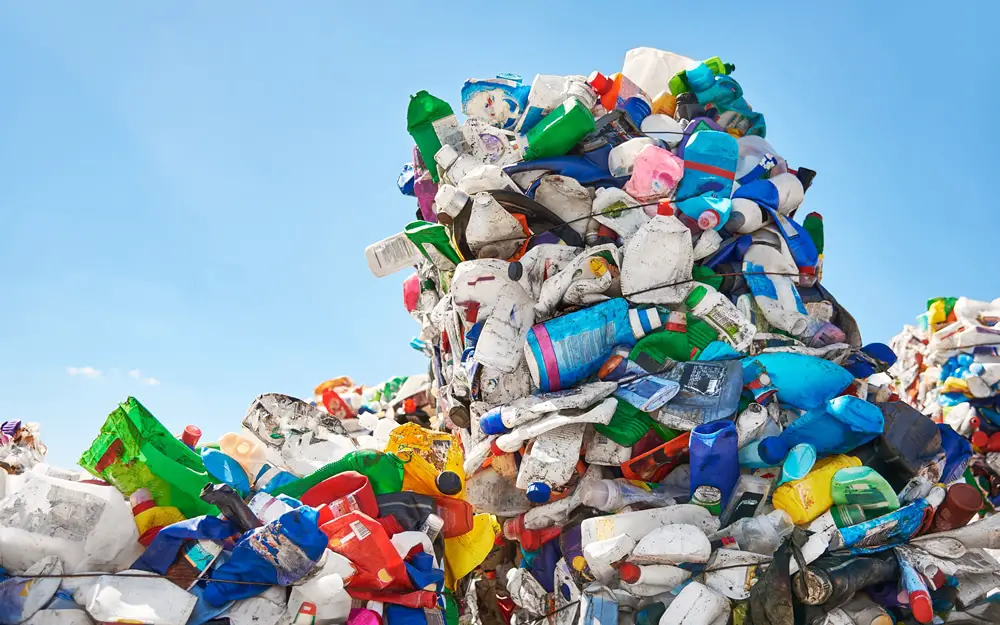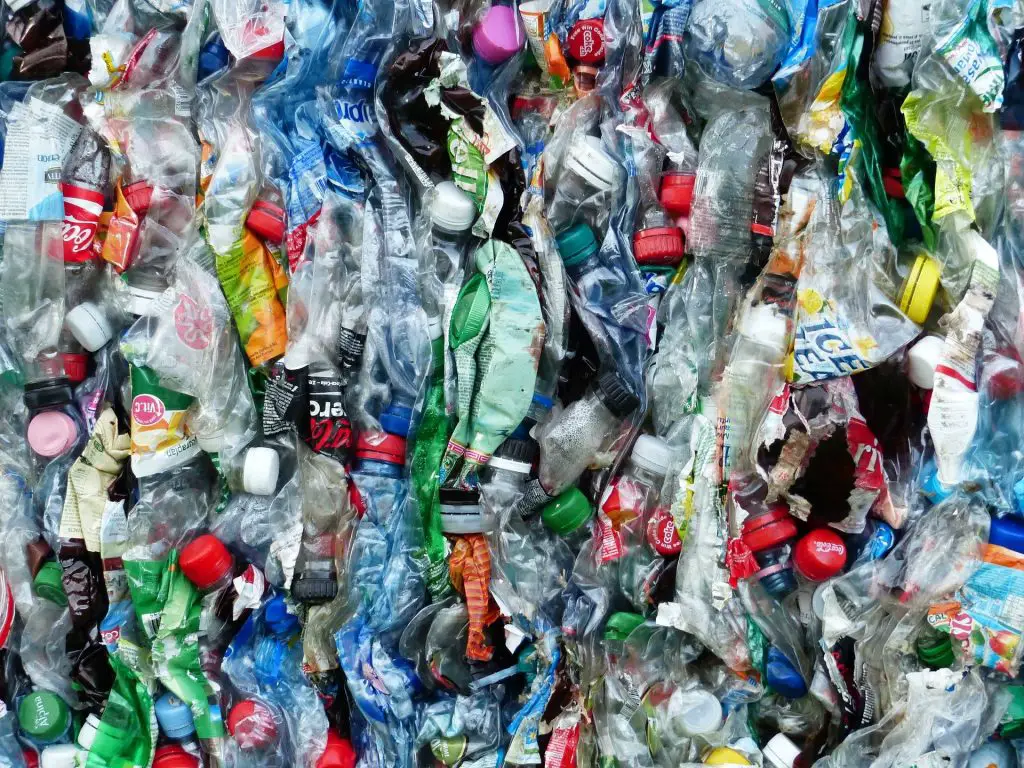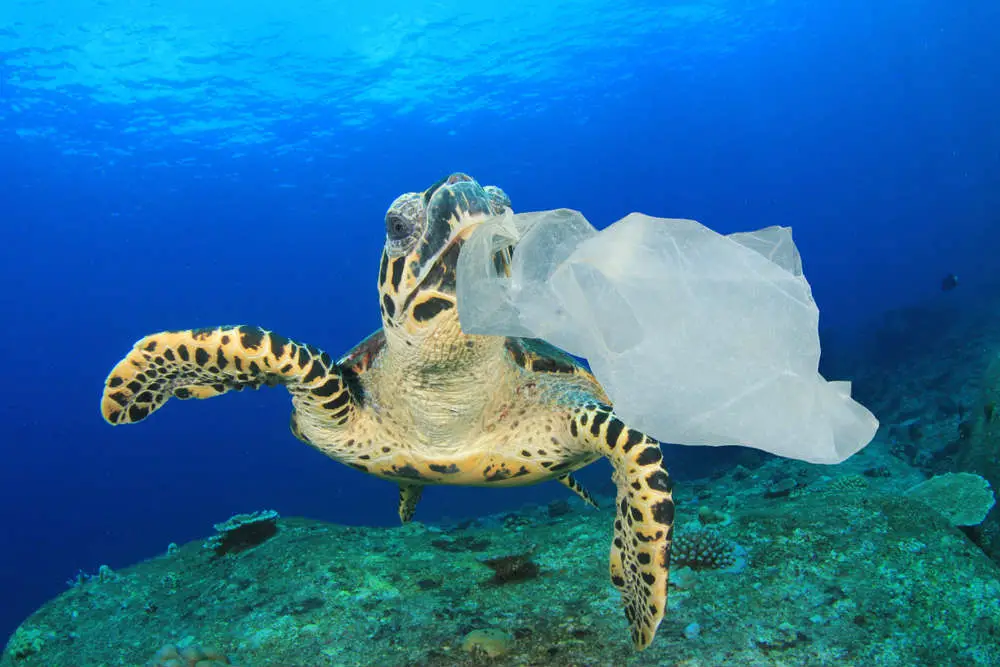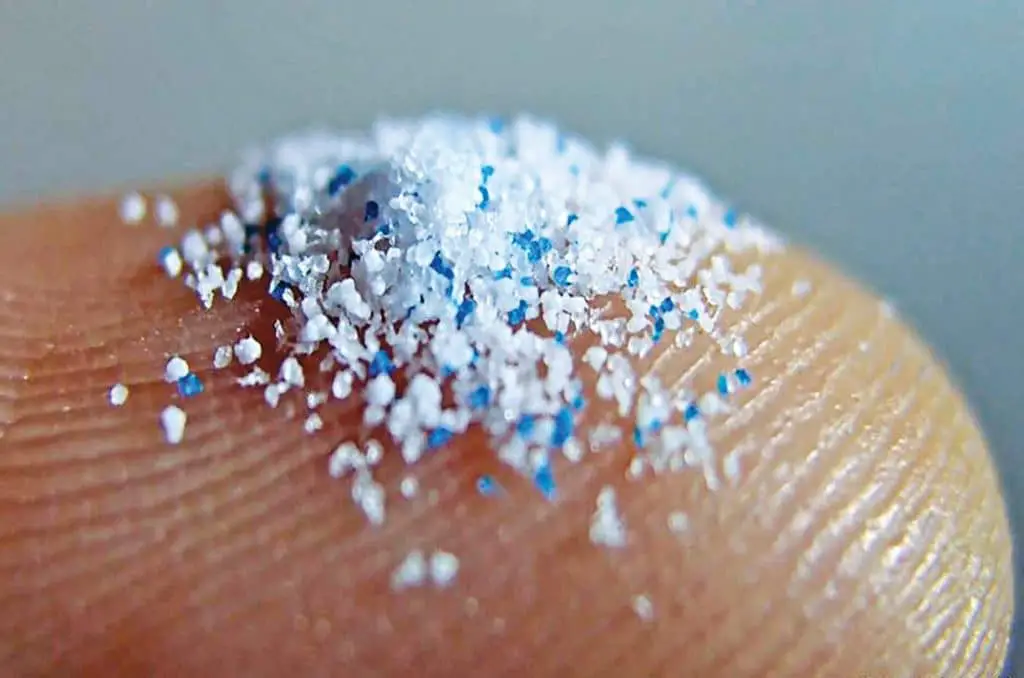There plastic and the long-lasting chemicals it’s made of are accumulating in our oceans, seeping into our farmlands, and piling up in landfills. It’s floating in the air and falling from the sky. It’s also surfacing in remote, isolated caves, so even if you’ve been living under a rock, you may have reason to worry.
The damage of plastic to our health
What does all this plastic pollution mean for the health of people and the planet? And what can we do about it? Experts at the University of California are tackling our big plastic problem from every conceivable angle, from chemistry to engineering, politics to art, medicine to oceanography.
They’re coming back with key insights for elected officials and everyday Californians. And they’re developing practical solutions to many of the dangers plastic poses.
Scientists have been documenting the environmental costs of plastic for decades, says Tracey Woodruff, a professor of obstetrics and gynecology at UC San Francisco. “Even though we know that plastic is everywhere we look, there really isn’t a lot of research on how it impacts human health,” Woodruff says.
California lawmakers concerned about these health effects recently turned to Woodruff for advice. Lacking much human data, Woodruff consulted animal research. Nearly two dozen scientific papers later, she and her team at UC San Francisco’s Program on Reproductive Health and the Environment published a report concluding that plastic exposure appears to reduce fertility and increase cancer risk. They also noted links to metabolic, respiratory, and digestive disorders.
Woodruff’s research focused on microplastics, particles smaller than about 5 millimeters. “They’re essentially invisible, but they’re everywhere,” Woodruff says.
These fragments and shards break off plates, clothes, tires, and a billion other plastic objects, and then follow gravity, wind, and water into nearly every environment on earth. Along the way, their chemical residues leach into our food, water, lungs, and skin, and from there into our intestines, blood, brains, placentas, and feces.

Scientists are still trying to unravel the chain that links plastic exposure to cancer, but they have identified some key links.
When the immune system detects microplastics, it responds with inflammation, a multipurpose response to anything the body recognizes as foreign. And some chemicals in plastic appear to block enzymes the body makes to prevent the damaging effects of oxidation on cells. Oxidative stress and chronic inflammation have long been linked to cancer.
The microplastics They also pollute the endocrine system, which regulates hundreds of bodily functions, from mood to sleep, sex to metabolism. Hormones are literally the keys to these functions: they are tiny molecules that float around in the blood until they find and bind to the receptor that matches their specific shape, like a key that fits a lock.
Many plastics contain a chemical called Bisphenol A, or BPA. BPA molecules look and act enough like the hormone estrogen that they can enter estrogen receptors, much like accidentally getting the wrong key in a lock.
BPA can’t unlock the crucial functions that estrogen helps control, including puberty, menstruation, and pregnancy. But BPA blocks actual estrogen from binding to those receptors, so the hormone can’t do its job. Woodroof points to studies linking BPA to endometriosis, infertility, asthma, obesity, and fetal neurodevelopmental disorders.
Other plastic chemicals cause problems before hormones even have a chance to enter the bloodstream. For example, phthalates, a class of chemicals that manufacturers add to hard plastics to give them some flexibility, interfere with the body’s production of the hormone testosterone.
“There’s an increase in testosterone during fetal development. That’s the signal that starts the development of the male reproductive system,” Woodruff says. By disrupting the supply of testosterone to male fetuses, phthalates can affect sexual development throughout life.

“As the baby grows, he may produce less sperm, or his sperm may not be as functional as they would have been if he hadn’t had this exposure during pregnancy,” Woodruff says.
These findings are alarming, but Woodruff stresses that population-scale research does not necessarily translate into a noticeable difference in the health of most people.
“It’s important to remember that these effects are small at the individual level,” Woodruff says. That means your biology might tolerate exposure to plastic without a loss of function. Or it might not. “People who were already on the path to having, say, fully functional sperm could flip to the other side because of a little push from these chemicals,” Woodruff says.
“Most plastics don’t biodegrade in any meaningful way, so human-generated plastic waste could be with us for hundreds or even thousands of years,” Jenna Jambeck, an associate professor of engineering at the University of Georgia, said in 2017. That year, Jambeck teamed up with Roland Geyer, an industrial ecologist and professor at UC Santa Barbara, to study what happened to all that plastic.
Geyer estimated that between the 1950s and 2015, humans dumped more than 9 billion tons of plastic on the Earth’s surface, enough to bury an area the size of Argentina up to its ankles.
Only 9% of that has been recycled and 12% incinerated, leaving nearly 80% of all plastic ever produced piling up in the environment. And if we continue to produce and throw away plastic at the current rate, we will add another 4 billion tons by 2050.
This prospect is alarming enough to make the United Nations turn its head. The international governing body is in the process of negotiating a legally binding global treaty, a sort of Paris Accord for plastics.
Ahead of the first meeting in Nairobi last November, scientists from UC Santa Barbara and UC Berkeley launched an online, AI-powered tool that integrates population growth and economic trends to forecast the future of plastic production, pollution, and trade. It has been a vital source of information for negotiators to understand which strategies are most likely to meet the goal of zero plastic pollution by 2040.

Some changes are more important than others, the researchers concluded. Requiring manufacturers to use at least 30 percent recycled content for certain types of plastic, eliminating unnecessary single-use plastics, increasing recycling and landfill capacity, and imposing a fee for plastic packaging could reduce the annual rate of mismanaged plastic waste by 66 percent by 2050.
“I was really excited to see the scientific evidence that a strong treaty could virtually end the plastic waste problem forever,” said Douglas McCauley, associate professor and director of the Benioff Ocean Initiative at UC Santa Barbara and a co-author of the study.
The UN plastics treaty faces some formidable obstacles, particularly from oil-producing nations, including the United States. “Fossil fuels are used to make plastic,” Woodruff says, and it’s a lucrative business: Oil companies “in some cases make more money on plastic than they do selling oil for energy.”
Anticipating that global oil demand will decline as the climate crisis accelerates, oil producers are expected to ramp up plastic production to make up for lost revenue. “They’re like, ‘Well, what are we going to do with all this fracking we just did? Oh, we’re going to turn it into plastic,’” Woodruff says. “That’s literally their plan.”
Engineers across the entire UC system are helping to combat this phenomenon by designing alternatives to conventional plastics.
Research by scientists at UC San Diego and the materials science company Algenesis shows that their plant-based polymers biodegrade in less than seven months. The paper, whose authors are all UC San Diego professors, alumni, or former researchers, appears in Scientific Reports.
Cruz Foam began in an underground lab at UC Santa Cruz, where cofounder and CEO John Felts, then a doctoral student in electrical and computer engineering, produced his first batch of foam using chitin, the tough, versatile, and completely biodegradable material found in natural abundance in the shells of marine animals. Today, the company makes a replacement for shipping foam.

UC Berkeley scientists have invented a way to make compostable plastics break down faster and with less energy, solving a problem that has baffled the plastics industry and environmentalists. They’ve incorporated enzymes that eat polyester into the plastic as it’s being made.
These enzymes are protected by a simple polymer shell that prevents the enzyme from unravelling and becoming useless. When exposed to heat and water, the enzyme sheds its polymer shell and begins chewing the plastic polymer into its building blocks, such as lactic acid, which can feed soil microbes in the compost.
Experts at Lawrence Berkeley National Lab have engineered a strain of Escherichia coli bacteria that turns plants into an infinitely recyclable plastic polymer.
Woodruff has learned enough about the health risks of plastic to change his habits to reduce his family’s exposure, and he’s trying to spread the word as much as he can to help others do the same.
But that doesn’t mean she thinks the responsibility falls on ordinary people, especially since it’s impossible for a single person to avoid every possible source of plastic exposure. Research shows that government bans or restrictions on chemicals tend to work: After the bans go into effect, the amount of that chemical in people or the environment goes down.
“I gave my kids milk in plastic bottles when they were little, and now I’m like, ‘Oh no,’” she says. “But really, it’s not my fault, and it’s not your fault. The government should make sure I don’t have all these toxic chemicals in my house.”
#Plastic #Pollution #Body